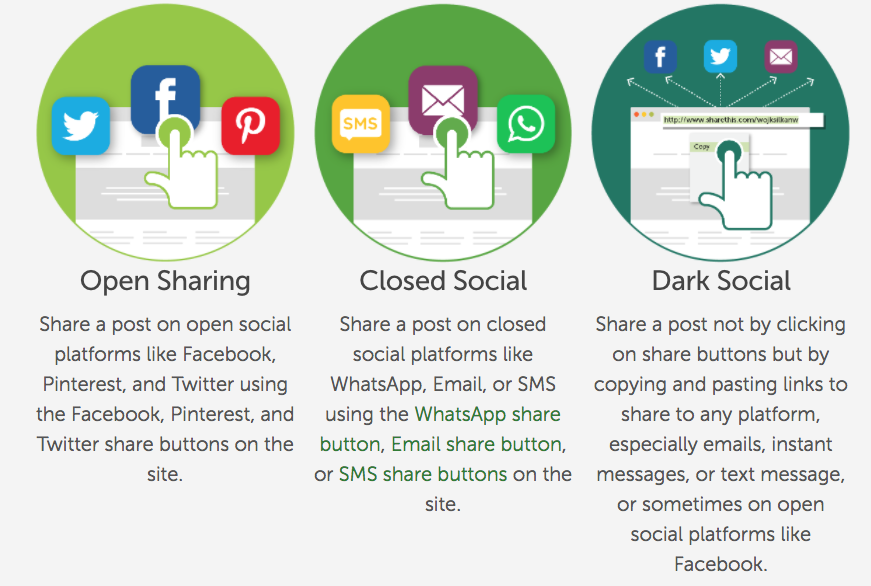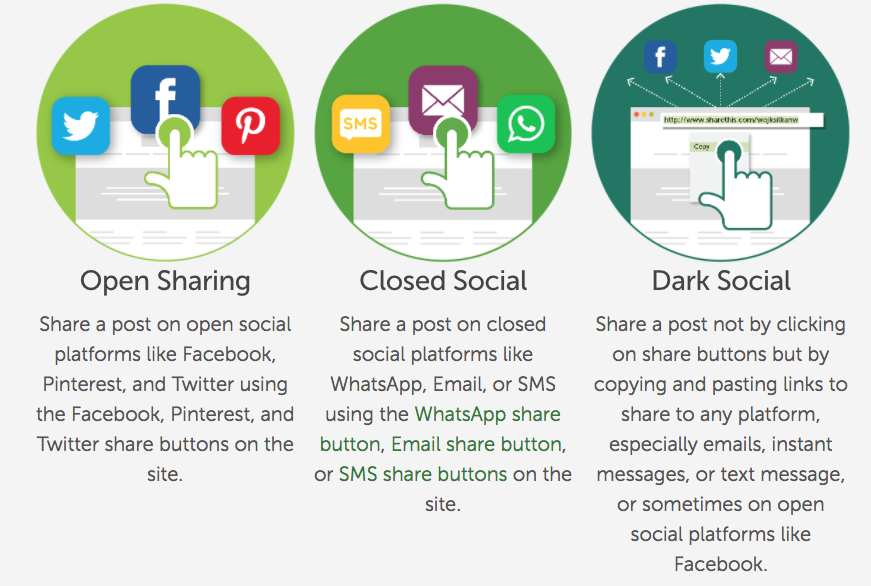As brands and publishers push for better engagement and tangible ROI, unlocking this data has never been more important. There are different types of dark data, which has made engagement even harder to track. Positive sentiment was reserved for social topics like bars and clubs, politics, and continued education. Dark devices People love to say we live in a mobile-first world, but most dark sharing happens on desktop devices. In fact, 58 percent of desktop sharing takes place through dark social because of email. But the majority of mobile users primarily use open social channels like Facebook and Twitter, where they like to share content on politics, news, and entertainment. People may use dark social on desktops because they’re at work. Still, those who do share on closed social mobile channels (like SMS text and WhatsApp) copy and paste their links rather than clicking on trackable sharing buttons. Still, this data is only the beginning of what we found. Paul Lentz is the SVP of publisher & business operations at ShareThis, a technology company that provides free sharing and content optimization tools to more than three million publishers.
There’s a hidden world of social sharing that often gets overlooked. For every tweet, pin, and Facebook link, there are certain shares that people have struggled to measure for years. As brands and publishers push for better engagement and tangible ROI, unlocking this data has never been more important.
There are two main ways for readers to share content online: use a share button or copy and paste the link. The first one is easy to track; the second isn’t. In 2012, Atlantic deputy editor Alexis Madrigal came up with the term “dark social” to describe the “vast trove of social traffic is essentially invisible to most analytics programs.” Per RadiumOne, 84 percent of sharing from publisher and marketing websites now takes place via private dark social channels such as email and instant messaging.
Here’s where it gets a little tricky. The rise of chat apps has led to more social sharing between individuals and small groups. There are different types of dark data, which has made engagement even harder to track.

At ShareThis, we decided to address this metrics challenge. Through our javascript code, embedded on millions of websites, we are able to track dark social shares. We recently dug into 113 million shares—across open, closed, and dark channels—to better understand how user behavior varies.
Here’s a preview of what we found.
The personal vs. the persona
We’d like to think that what we choose to share is a reflection of who we are, but it’s not that simple. The data suggests there’s a discrepancy between the persona we present to the world on open social versus our deeper desires and interests reserved for private sharing.
Over dark social, the most popular content categories included business education, counseling services, self-help, religion, and medical conditions. In fact, content with intimate words such as “God,” “Lord,” and “love” were often shared via dark social.

When dark shares expressed positive sentiment, they often dealt with aspirational content. Users were linking to high-end luxury goods, party and holiday supplies, flowers, gifts, spas and beauty services, and gyms and health clubs.
Publishers…

COMMENTS